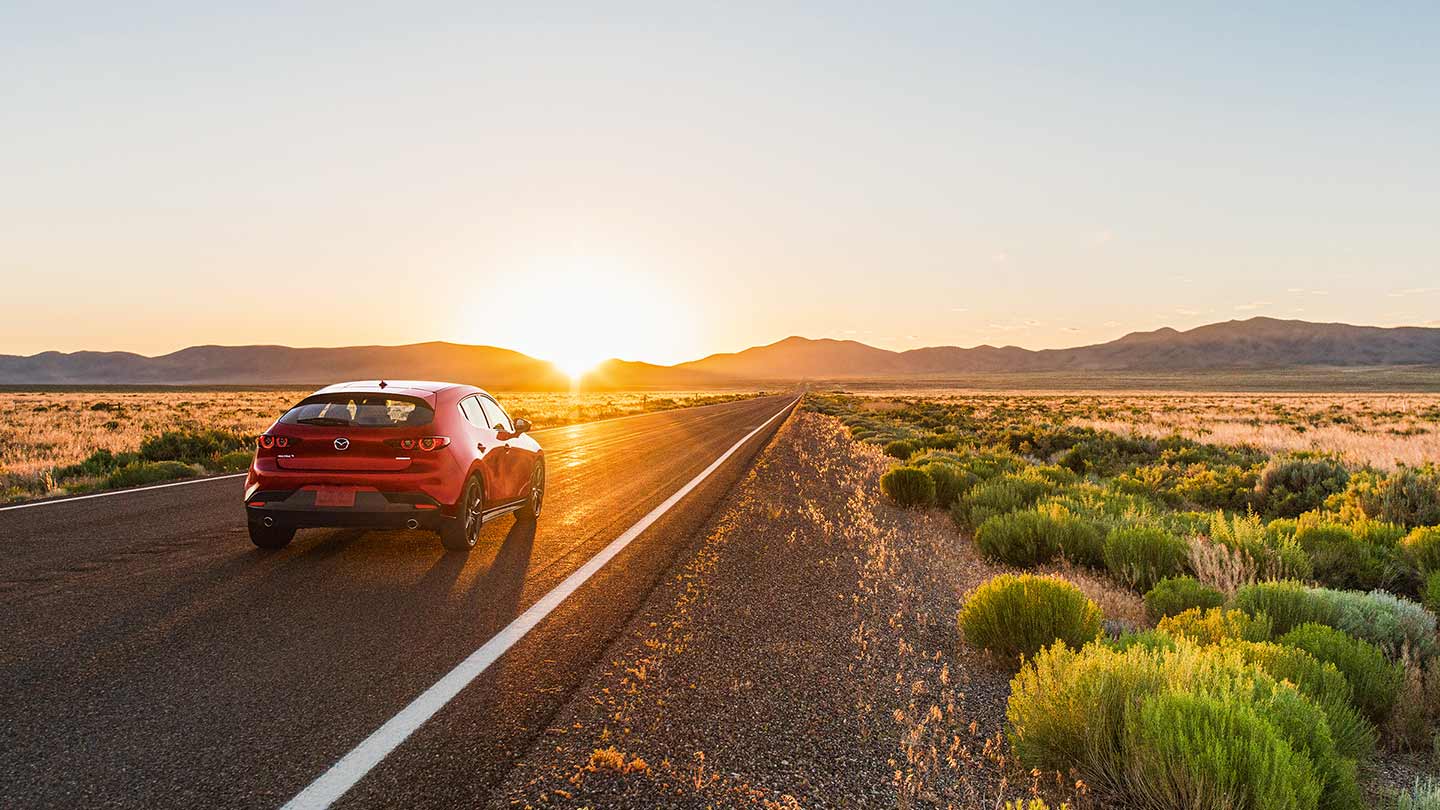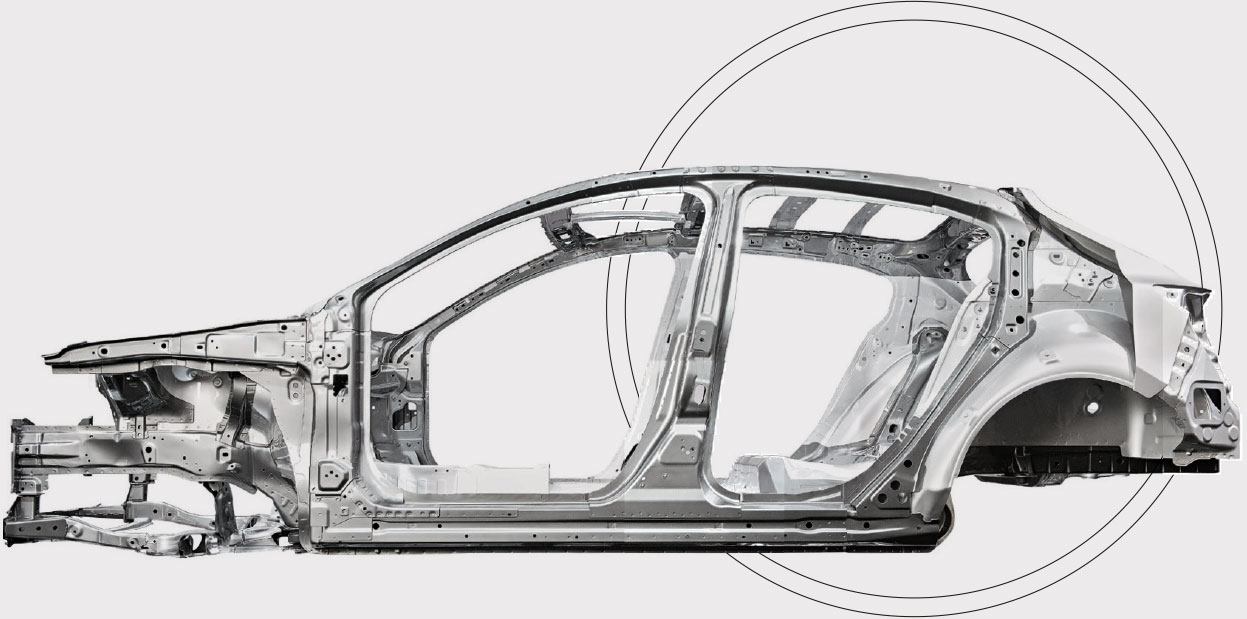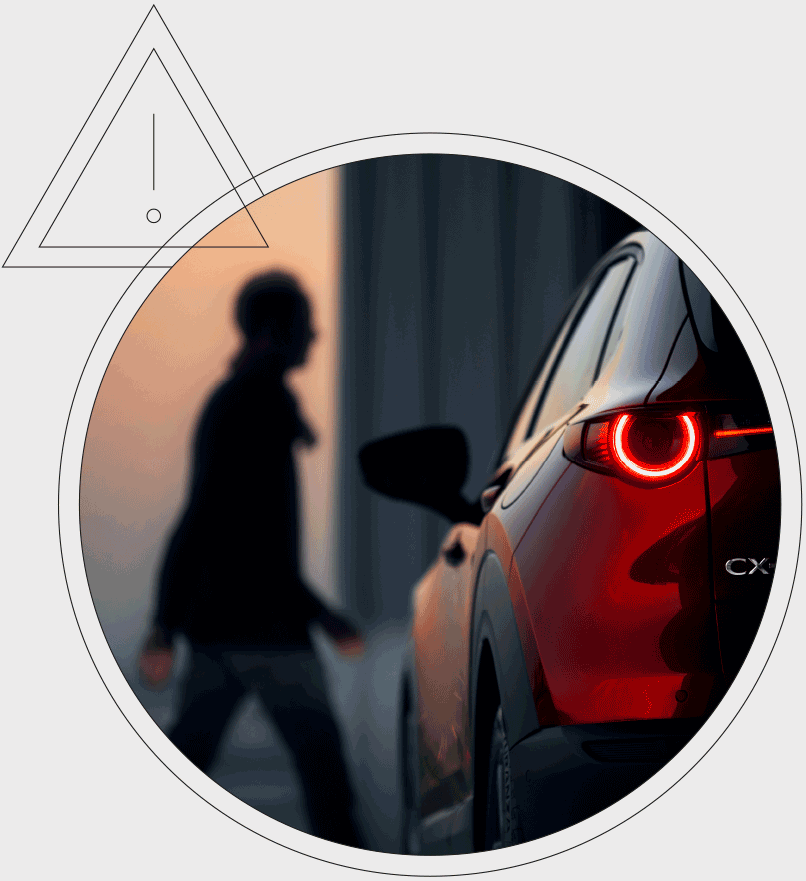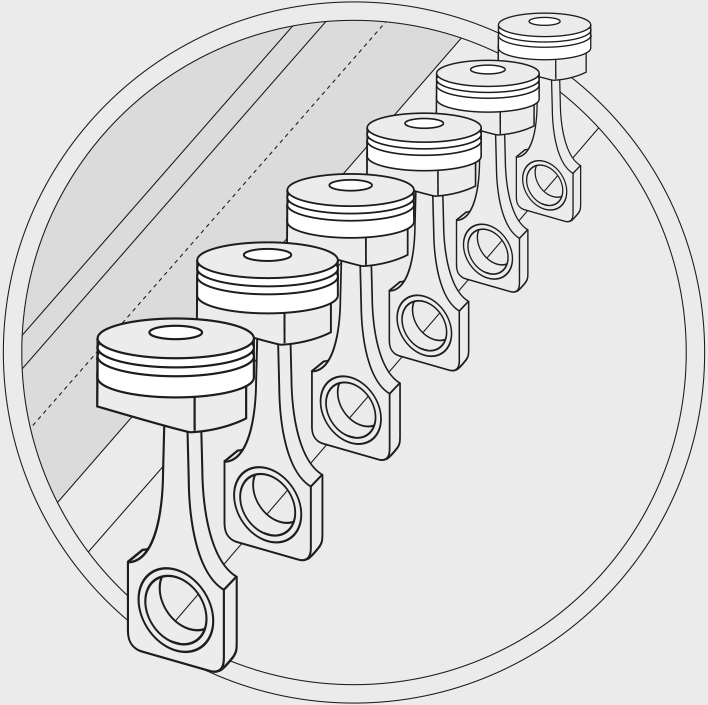
MAZDA 100TH ANNIVERSARY
THE ROAD TO THE FUTURE

MAZDA 100TH ANNIVERSARY
THE ROAD TO THE FUTURE
As Mazda celebrates its centenary, it’s time to look forward as well as celebrate past successes. Here we detail some of the exciting projects Mazda is working on as it powers into its second century
Story Gavin Green
Mazda’s first 100 years have been fascinating, from rotaries to race wins, from the atomic bomb to the oil crisis. But a momentous history is not much use unless a successful future follows. So Mazda has outlined its vision for a future that combines sustainability and the company’s love of cars.
It promotes the car’s historic strengths – personal freedom, driving appeal, mobility and the economic prosperity that brings – while employing a multi-solution approach to correct downsides such as pollution.
A love of cars and driving is central to the vision. It’s combined with sustainability that minimises the car’s impact on our planet and reduces the entire ‘Life Cycle Assessment’ environmental cost, not just tailpipe emissions. Mazda calls the vision ‘Sustainable Zoom-Zoom 2030’. It’s the first step, it hopes, to celebrating another 100 years of business. Some of the technologies and initiatives are available in parts of the world already; others are still being developed. But they paint a picture of an intriguing future. Here we look at some of the highlights.


ELECTRIFICATION
Electric cars are potentially very clean. But when the power that charges their batteries comes from highly polluting coal power stations, there are cases in which they produce more CO2 emissions than internal combustion-engine cars. Significant amounts of CO2 are also emitted during battery manufacturing. Consequently, more battery electric cars sold in markets using ‘dirty’ power might make global CO2 worse.
Mazda looks at emissions from the perspective of a ‘Life Cycle Assessment’. As electricity generation differs in each market, Mazda believes in a multi-solution approach for each region. Its first pure electric car, the MX-30, made its debut at 2019’s Tokyo Motor Show.

RENEWABLE LIQUID FUEL
Mazda’s goal is to reduce overall CO2 emissions by 90 per cent by 2050 and deliver vehicles and technologies with the lowest possible environmental impact. This includes reducing CO2 when making fuels.
A research project with Hiroshima University and the Tokyo Institute of Technology is working on algae biofuel. This has many advantages over conventional biofuels.
It does not compete as a human food source and because the algae are artificially produced, it does not affect the marine food chain. Algae grow faster than plants and CO2 is absorbed during its production. Liquid fuels can use the existing fuel infrastructure and there is no need for cars to be modified.

LARGE VEHICLE ARCHITECTURE
Mazda is currently working on a new ‘large vehicle’ architecture which will be designed to deliver more space and comfort, plus traditional Mazda values.

SAFETY TECH
The car industry has made huge strides in both preventive safety (avoiding accidents) and collision safety (protection in accidents). Mazda’s ongoing solutions also focus strongly on the driver. This includes easily accessible controls, the correct driving position, well-positioned pedals, good visibility and an intuitive Human Machine Interface (HMI).
Mazda’s proactive safety philosophy aims to eliminate all traffic accidents. As with other carmakers, Mazda already offers numerous driver assistance safety technologies which will become increasingly more sophisticated and widespread. Mazda calls these i-Activsense Technologies.

SKYACTIV-X ENGINE
As petrol and diesel engines will continue to power the majority of new cars worldwide for many years, Mazda believes the best way to reduce CO2 emissions in the short term is to significantly improve their efficiency.
Mazda’s revolutionary Skyactiv-X petrol engine uses a new combustion technique, Spark Controlled Compression Ignition (SPCCI). It runs at a much leaner fuel-to-air ratio than rival petrol engines, improving fuel economy and reducing emissions, but delivers the same torque for driving pleasure and performance.
In addition, the Mazda M Hybrid uses an electric drive system to further cut fuel consumption and boost performance and driving enjoyment.

COMMUNITY RIDE SHARING
Around the world, in countries like Japan, many communities are losing public transport. Elderly people are especially affected, forfeiting their ability to travel.
To address this social issue, Mazda is working on a new business model that enables local communities and drivers to provide transport for such people. The tests incorporate a community-run ride-sharing service, initially in two locations in Mazda’s home prefecture of Hiroshima.
Members of the community, using Mazda-supplied cars and connectivity technology, help fellow residents with both necessary transport, like going to a doctor, and other trips such as visiting a friend.

STRAIGHT-SIX ENGINE
An in-line six-cylinder engine will improve refinement and will feature the latest lean-burn technologies for better efficiency. An ‘exceptional’ drive is promised.
MAZDA CO-PILOT CONCEPT
Self-driving or autonomous technologies are coming. Some carmakers talk of a future where robots drive and humans are mere passengers. As a company that prioritises driving pleasure, this is not Mazda’s vision. Mazda wants autonomous technologies to support, not replace, the driver.
While many other carmakers are heading towards ‘machine-centric’ automation, Mazda has a ‘human-centric’ position. Its Mazda Co-Pilot Concept positions its autonomous tech as a usually unnoticed on-board assistant, monitoring the driver and intervening only if necessary. It aims to maximise your driving ability and supports the fun of driving, while always prepared to lend a helping hand.
Images for illustration purposes only. Algae image: Steve Gschmeissner/Science Photo Library; Photo opposite: Rama Knight